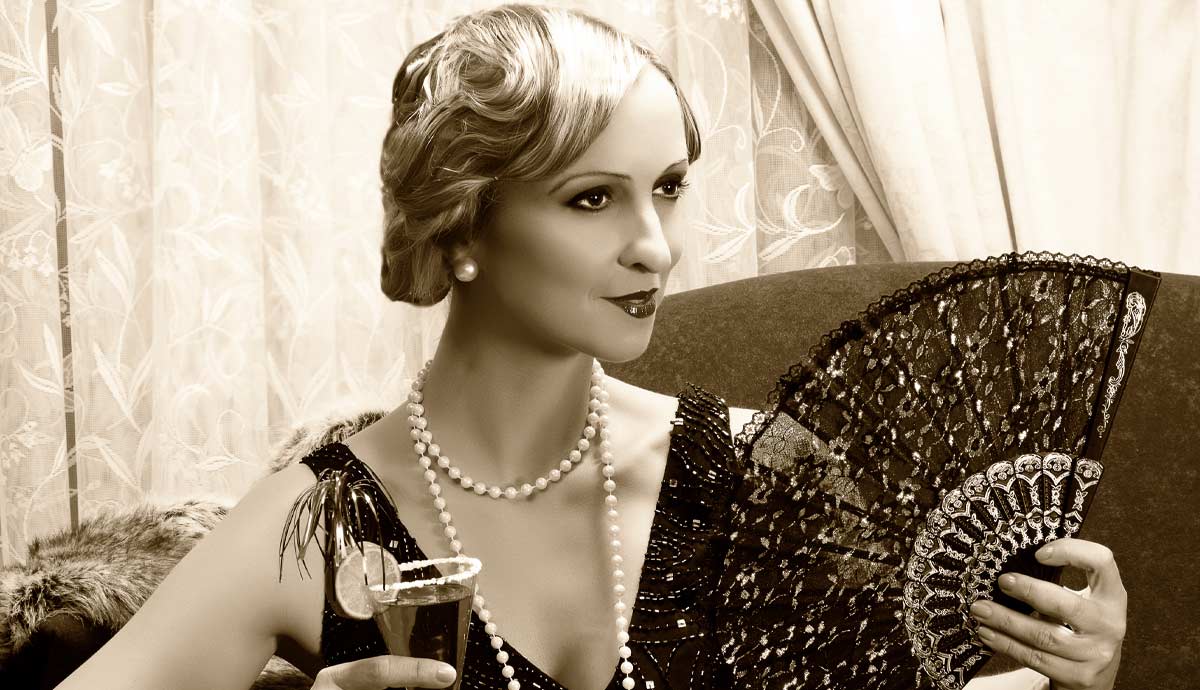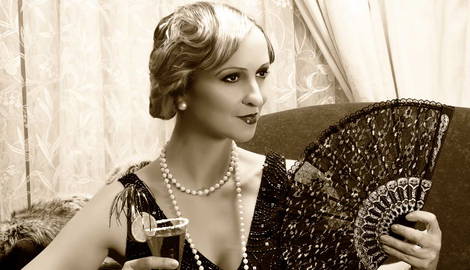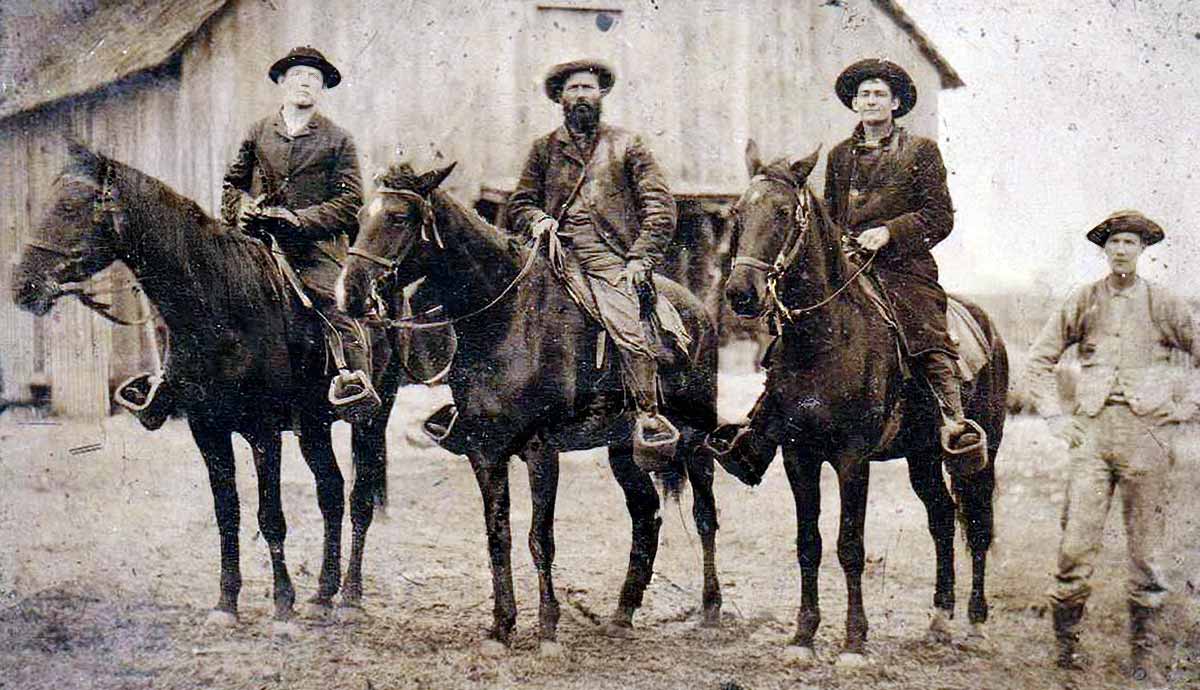
The 1920s was a pivotal moment in American history, when a dramatic series of societal changes took place in the wake of World War I. From prohibition and illegal speakeasies, to a roaring stock market, thriving party scenes, jazz clubs, and the redefining of social norms, we take a closer look at the definitive moments of what became known as the Roaring Twenties.
Prohibition and Profit

What helped the Roaring 1920s to occur resulted from the January 1919 enactment of Prohibition. All alcohol sales and manufacturing starting in 1920, instantly became “prohibited.” This ban fueled smuggling, gang wars, and murder for years. The demand for alcohol only grew as people flocked to speakeasies or illegal bars.
Profiteering from Prohibition created larger-than-life gangsters like Al Capone and Mad Dog Collins. Capone ruled Chicago for most of the 1920s with politicians and even cops on his payroll, and only the FBI’s tax evasion charges ended his reign. By the late 1920s, the limitations of Prohibition became evident, as people nationwide simply ignored and profited from it.
The Roaring Market

Besides alcohol, the booming stock market also characterized the Twenties, expanding fast as many investors figured this as a real deal and never ending. Stock prices reached dizzying heights as investors bought stocks on margin or borrowed money. Some industries, like electric utilities, started to spread nationwide, drawing many investors.
Speculation, or a short-term buying of stocks hoping to make great gains but with risk, was a popular investing method. 1920s boom investors only paid attention to the stock price or payout, not the company’s details or even its worth. People poured their hard-earned money into such get-rich scams. Swindlers preyed on peoples’ hopes about non-existent companies or land plots that were genuinely worthless, and so on. The term “Ponzi Scheme” came from a fraudster named Ponzi, who paid profits to early investors from new investors based on selling international stamp exchange rates.
The stock market prices only climbed as the Roaring Twenties but crashed in early 1929. Simply put, investors either lost their money or suddenly needed to pay back loans taken out to buy stock.
Redefined Social Norms

No discussion about the Roaring Twenties can be told without discussing the decade’s most iconic image: the flapper. Flappers, typically young women, broke taboos by drinking, smoking, and using bad words. With their bobbed hair, short skirts, and heavy makeup, they danced to jazz in the speakeasies. Not all women became flappers, but many dressed in their fashions. Topped off with illegal drinking, they represented a rebellious time.
Very importantly, in the 1920s, women got the right to vote. In 1919, Congress ratified the 19th Amendment to the Constitution, granting those rights. Coincidentally, this law took effect in 1920 when the Roaring Twenties started. With this new freedom, women also worked more outside the home.
Post-Great War Prosperity

Though the Roaring Twenties ended abruptly, the years between saw the American economic engine rev into overdrive. This economy produced half of the world’s industrial output, fueled by Great War destruction in Europe. By 1929 this led to a staggering 42% increase in economic growth.
Also, electricity transformed life by making mundane tasks easier and improving living standards. With electricity powering homes, devices like vacuum cleaners, washing machines, and lamps removed drudgery from people’s lives. Also, these “devices” were made in factories with electricity and were mass-produced, so what a person bought in Boston could be purchased in Galveston.
The automobile came of age in the 1920s, not only for its economic impact by large numbers purchased but by the freedom it gave. As mass production pushed by Henry Ford drove costs down, more cars got sold. Cars altered society like electricity did by creating leisure time.
Cars, much cheaper now than ever with models like the Model T, allowed mobility and freedom. Travel and vacation by car were now within reach of the working class, which encouraged the construction of roads as a secondary effect.
All that Jazz

Like flappers, jazz music is integral to the Roaring Twenties’ image of dancing people, raucous music, and smoke-filled speakeasies. The Harlem Renaissance was a pivotal moment when African American musicians took center stage, creating and performing some of the most influential music of all time. Jazz grew up in the Roaring Twenties, played in clubs, and later spread to the wider public through radio broadcasts.
With its lively rhythms and improvisation, jazz gained acceptance through records, allowing people to hear the same music and reach a larger audience. Jazz meant rebellion against the older generations, especially women, and against Prohibition. Women now smoked, spoke their minds, and enjoyed city nightlife, and African Americans experiences a newfound creative freedom through music. Jazz denoted exuberance in a time of opulence, which was sadly not to last
The Roaring Twenties can’t be defined by one factor but by several. These factors came together at the right time to uplift America after a dreadful war, letting people focus on what made them feel good.







